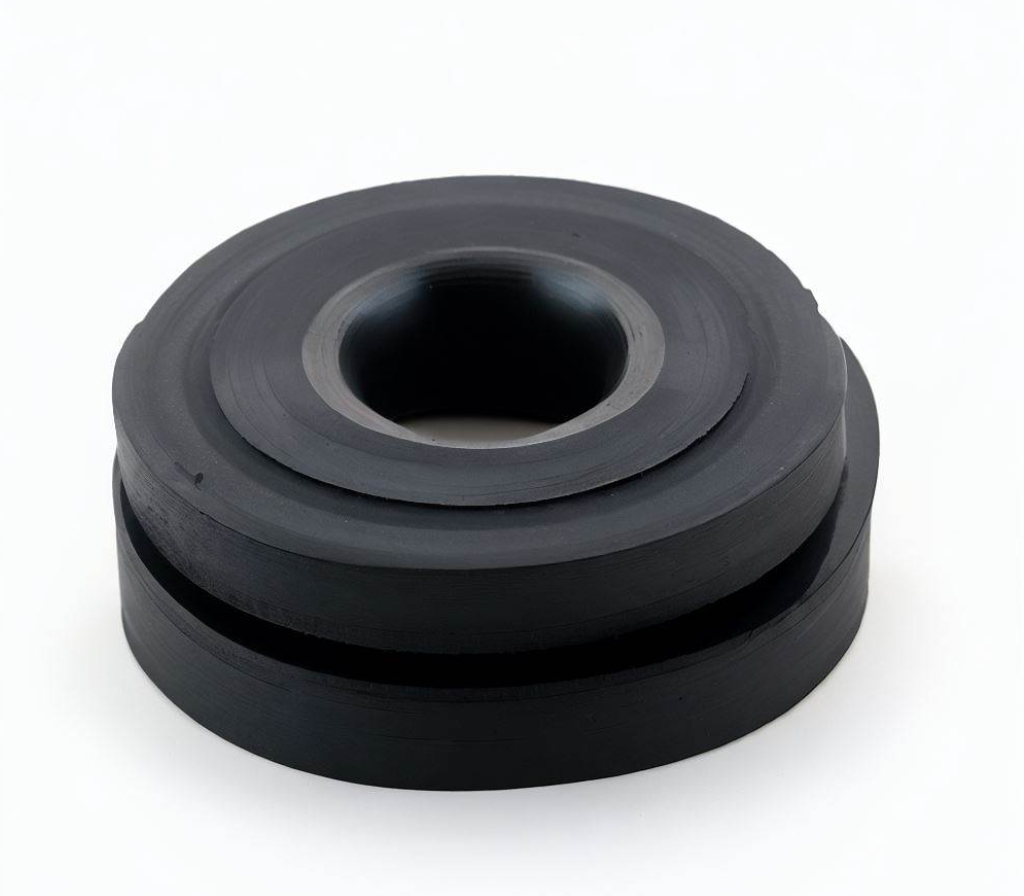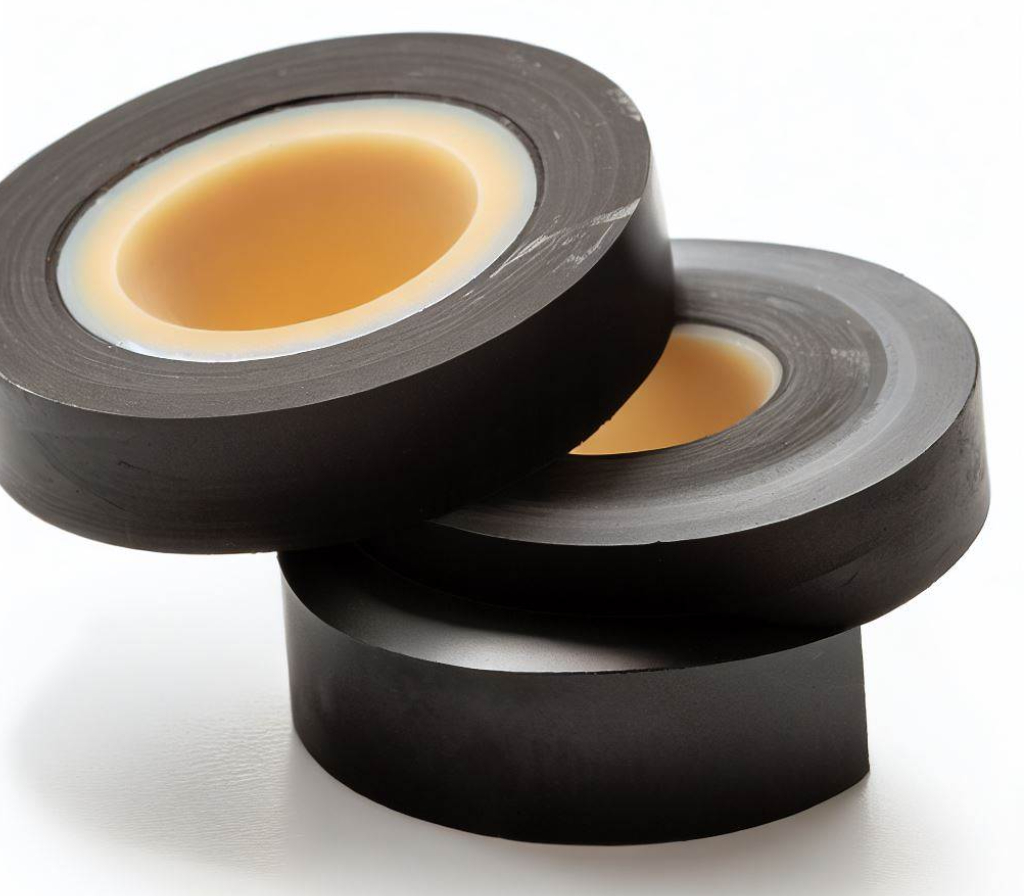Rubber to Metal Bonding
Amaron Rubber is a leading manufacturer and supplier of high-quality rubber-to-metal bonding products and parts.
At Amaron Rubber, We supply high-quality Rubber to Metal Bonding products in bulk. Our diverse range meets various industry needs, and we offer customization options. With top-notch materials and competitive pricing, we’re your reliable partner in this crucial process.


Vibration Mounts
Vibration mounts serve as specialized components designed to mitigate the adverse effects of machinery and equipment-generated vibrations. Crafted from materials such as rubber, elastomers, or metal, these mounts excel in absorbing and dissipating vibrations, preventing their transmission to surrounding structures. Across various industries, vibration mounts play a pivotal role in enhancing stability, reducing wear and tear, optimizing equipment performance, and creating a comfortable and efficient operational environment. These versatile solutions find application in industrial machinery, electronics, automotive, construction, aerospace, and beyond. In essence, vibration mounts are indispensable for maintaining equipment integrity and ensuring overall functionality.
Rubber to Metal Bonding for Vibration Mounts
Rubber to metal bonding is a key technique in creating vibration mounts. This process involves adhesion between rubber and metal substrates, resulting in components that combine stiffness with elasticity, ideal for mounting and providing damping properties. Prior to molding, the metal substrate undergoes degreasing and sandblasting to eliminate impurities and rust. A bonding agent is applied to the metal surface, and the rubber is subsequently placed into the mold for forming and curing. These rubber products see extensive use in industrial, medical, and commercial applications. The table below highlights critical aspects of manufacturing rubber to metal bonded products.
Key Aspects of Rubber to Metal Bonding:
- The Bonding Layer: This is the interface where rubber and metal are joined together.
- Selection of Bonding Agents: Careful selection of adhesive to ensure a strong bond between rubber and metal.
- Choice of Substrate: The metal substrate is chosen based on specific application requirements.
The Bonding Process: It encompasses substrate cleaning, application of bonding agents, and rubber molding. - Substrate Cleaning: Thorough cleaning of the metal surface to remove impurities and ensure proper adhesion.
- Application of Bonding Agents: Bonding agents are applied to the metal surface to prepare it for bonding.
- Rubber Moulding: The rubber is molded onto the prepared metal substrate.
- Mould Design: The design of the mold used in the process is crucial for achieving the desired final product.
- Plated Inserts: In some cases, plated inserts are used to enhance bonding strength or for specific functionalities.
Other Industrial Products:
The section on other industrial products is well-written and informative. To make it even more reader-friendly, consider adding a table or list of specific examples of rubber to metal bonded products used in different industries. This would help readers better comprehend the extensive array of applications for these products.
The Bonding Process:
The section on the bonding process is well-structured and informative. For added assurance to readers, consider including a sentence or two about the importance of quality control in the bonding process, emphasizing that the products are manufactured to the highest standards.

